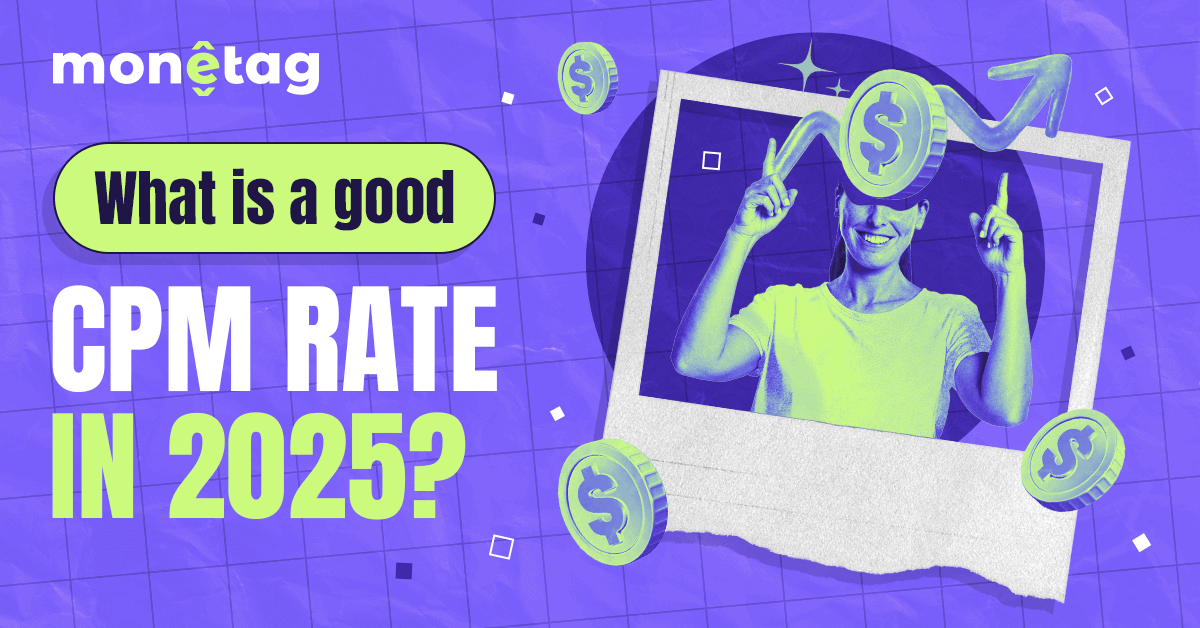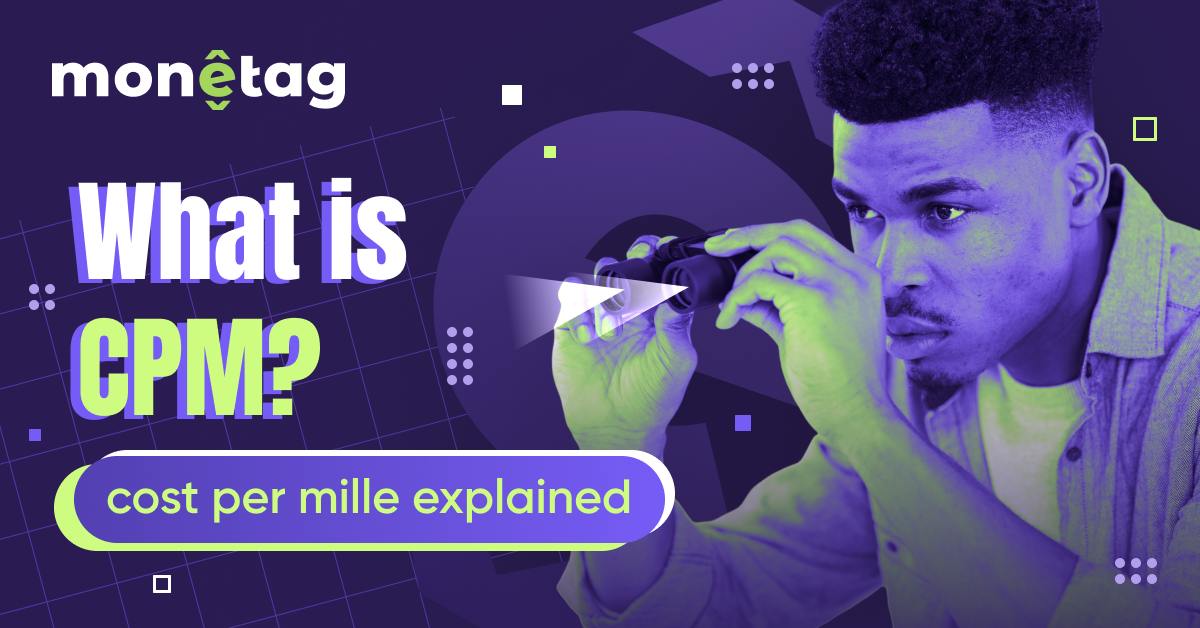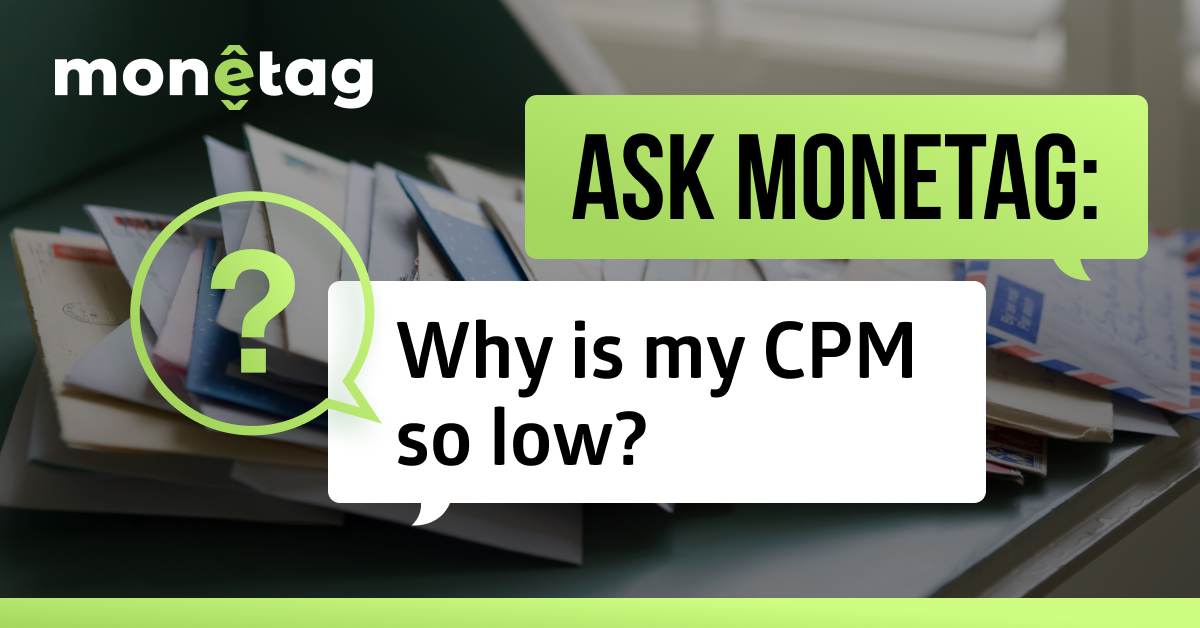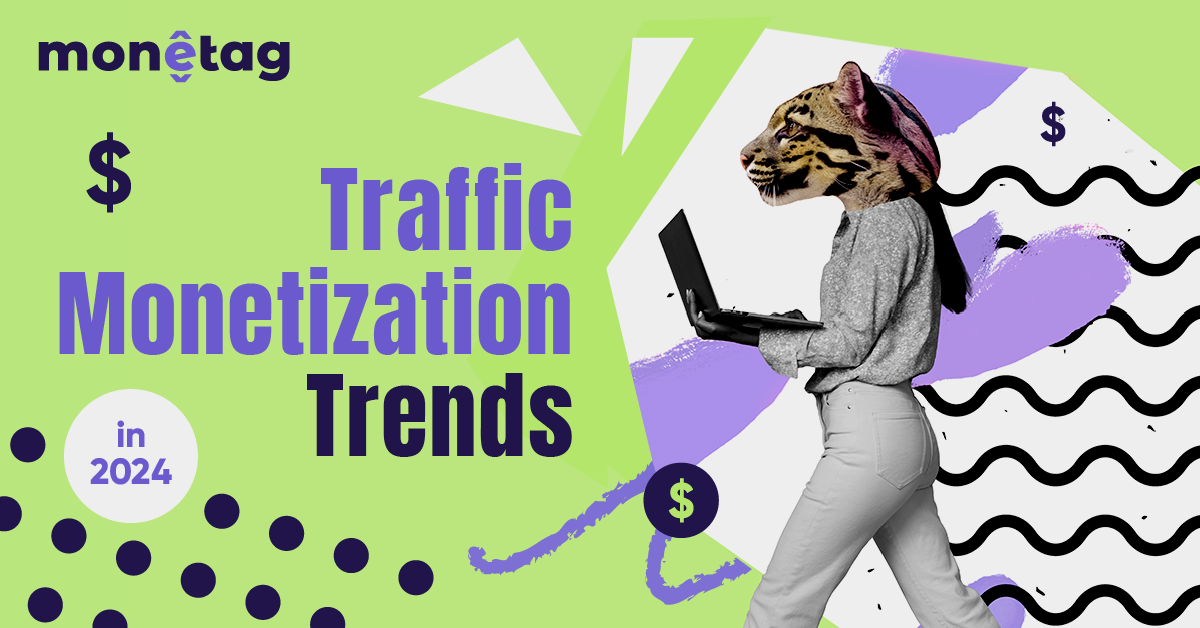| Format | Global Average CPM |
|---|---|
| Banner display (desktop) | $1.80–$2.50 |
| Banner display (mobile) | $1.20–$2.00 |
| Native ads | $2.50–$3.80 |
| Interstitial ads | $3.50–$6.00 |
| Popunder | $1.00–$4.00 |
| Video pre-roll | $7.00–$12.00 |
| Push notifications | $0.30–$1.50 |
What is a Good CPM in 2025?

Some questions never go away. Like this one: What’s a good CPM? You’ve probably asked it a dozen times. Maybe you’re asking again now because something feels off in your dashboard. Maybe your traffic grew, but your revenue didn’t. Or maybe you’re just curious what others are getting — and whether you’re missing out.
Either way, you’re not alone. CPM still sits at the center of publisher anxiety in 2025. And honestly, that makes sense. It’s a simple number with a complicated story behind it.
Let’s unpack what a good CPM really means this year, without the fluff or buzzwords.
First, what is CPM again?
Just to level the playing field — CPM stands for “cost per mille,” or the price advertisers pay per thousand ad impressions.
It’s not what you earn per user or per click — it’s what an advertiser pays for viewability. You get paid for showing ads, not always for people engaging with them. That’s both a blessing and a trap.
Why? Because you can grow traffic, and your CPM might still go down. Or you could lose traffic but earn more — if the remaining users are from a higher-paying GEO or more engaged. That’s what makes CPM tricky to pin down. It’s like checking your car’s fuel economy on a road with changing slopes and wind.
Your CPM depends on a lot of things: where your users come from, how long they stay, what kind of content you publish, and what kind of ads you allow. But also — and this is important — it depends on the market mood.
Sometimes, you’re doing everything right, but CPM just drops. And no, it’s not always your fault.
So… what is a good CPM in 2025?
Here’s the short answer: anything above $2.50 is solid for display. Over $5? That’s great — depending on your niche and country.
But that’s a little too broad, right? Because a “good CPM” on a food blog in Canada won’t match a gaming site in Brazil, context matters a lot.
You also have to factor in your traffic sources. Organic Google traffic tends to bring higher CPM than, say, paid or bot-prone sources. Social traffic can swing either way — Facebook might get you better rates than Telegram. It all loops back into how advertisers bid on your traffic.
One good example is this Monetag case study:
This publisher has consistently strong CPMs because his traffic is high-quality and monetized through several ad formats. Worth a read if you’re curious how content + clean traffic = decent CPM over time.
Average CPM 2025: Where we’re at
We gathered public data, affiliate reports, and anonymous sources from ad networks to get a real-world feel.
Here’s what most publishers are seeing on average in 2025:
Again, these are averages. Your actual rates might be better or worse — and that doesn’t mean you’re doing something wrong, but it gives you a gut check.
If you’re running display ads and your CPM is stuck around $0.70? You probably need to look into your traffic quality, GEOs, or partner network.
CPM by country: Some GEOs just pay more
You know this already: CPM varies wildly by country.
Advertisers don’t treat all traffic equally. They want buyers, and they’ll pay more for people who spend. So, Tier 1 countries — the U.S., Canada, UK, Germany, Australia — tend to pay much more.
Here’s a rough CPM by country snapshot based on mixed-format ad data in 2025:
| Country | Estimated CPM |
|---|---|
| USA | $5.00–$12.00 |
| UK | $4.50–$10.00 |
| Germany | $4.00–$9.00 |
| Canada | $4.00–$8.00 |
| Australia | $3.50–$7.00 |
| India | $0.40–$1.50 |
| Brazil | $0.80–$2.20 |
| Philippines | $0.30–$1.00 |
| Nigeria | $0.25–$0.80 |
It’s not always fair, but it is what it is. If your audience is mostly from low-paying countries, you’ll have to adjust your expectations — or your monetization strategy.
You can also combine GEOs to stabilize earnings. One Monetag publisher did exactly that with their audience split, getting better results than expected — see full story:
Popunder CPM rates: Not what they used to be, but still work
Popunder ads aren’t for everyone, but if you run entertainment, streaming, downloads, or any high-volume site — you’ve probably tested them.
Here’s the thing: popunder CPM rates have dropped slightly in 2025, but they’re still competitive — and sometimes better than banners, especially for Tier 2 and Tier 3 GEOs.
Current popunder CPM rates range between:
- $0.80–$2.00 for third-tier traffic
- $3.00–$4.50 for mid-tier countries
- $5.00+ for premium desktop U.S. or UK traffic
Popunders can be disruptive — no one denies that. But if you’re careful with frequency capping and device targeting, they can bring in clean money without hurting bounce rates too much.
What actually affects your CPM?
It’s easy to blame the network or the format — and sure, sometimes that’s the issue. But usually, there’s a stack of hidden factors:
- Geo mix — Already talked about this, but it’s huge. Advertisers want users who can spend.
- Traffic source — Organic > social > direct > incentivized. Always.
- Ad layout — Clutter kills CPM. So does placing ads where nobody scrolls.
- Session depth — If people bounce after 10 seconds, CPM tanks.
- Seasonality — CPM is always better in Q4. Always. January hurts.
- Page speed — Slow sites load ads late. Advertisers hate that.
And let’s be honest: bots still plague a lot of ad platforms. If your traffic looks suspicious — fast click-outs, zero engagement — your CPM will tank. Some publishers even got hit by smart anti-fraud filters without knowing it.
So, keep a close eye on traffic logs and behavior metrics. If something looks “too good,” it probably is.
Real talk: Are you actually underpaid?
Here’s where it gets tricky.
Sometimes publishers obsess over CPM without looking at the whole picture. Let me explain.
Say you’re running banners with a $2 CPM and 300,000 pageviews a month. That’s about $600/month. Not bad. But you add push notifications, get $0.50 CPM, and it feels… pointless?
That’s why ad revenue benchmarks matter more than single CPM rates. Because $8 CPM on one unit might still underperform if your other units are weak, or if the page is too slow to show them.
So instead of asking is my CPM good?, try this: Is my total revenue matching my traffic’s potential? And if not, you might need to restructure.
Ad revenue benchmarks: What others are making
Let’s talk benchmarks — not just CPM, but overall monetization health. We asked around, read forums, and pulled some numbers.
| Monthly Pageviews | Ad Revenue (avg.) |
|---|---|
| 100k | $150–$500 |
| 500k | $800–$2,500 |
| 1M | $2,000–$5,000+ |
| 5M+ | $8,000–$25,000+ |
These are ballpark figures based on a mix of display, native, pop, and push. Again, niche matters. A parenting blog and a crypto news site won’t earn the same CPM even with the same traffic — because the audience’s value to advertisers is different.
If you’re unsure where you land, benchmark against similar sites. Forums like Adspyglass, MonetizeMore Discord, or even r/AdOps can help.
Want higher CPM? Start here
Let’s be real: there’s no quick fix. But there are a few moves that tend to work.
1. Clean up your ad layout. Fewer ads, better placement. Try sticky banners, smart lazy loading, and avoid spamming the fold.
2. Target higher-paying GEOs (if you can). That doesn’t mean faking traffic. But if you’re multilingual, consider writing for markets like Germany or Australia. You’ll see the difference.
3. Try mixed monetization. Banner ads alone don’t cut it anymore. Add native, interstitials, even affiliate links. Just don’t overdo it.
4. Improve engagement. Longer sessions = more impressions = better CPM. Add internal links, faster page load, or related content widgets.
5. Switch networks occasionally. Some networks just match you with better demand. If your CPM flatlined, try a new partner. Don’t stick around out of habit.
Final thoughts: What’s “good” really?
So — what is a good CPM in 2025? Here’s the honest answer: It depends.
Good CPM isn’t a fixed number — it’s what makes sense for your site, your traffic, and your goals. It changes with season, GEO, niche, and ad partner. And sometimes it changes for no reason you can see, that’s frustrating, but normal.
So focus less on chasing the perfect number — and more on building a stable, layered monetization stack that lets your site breathe.
Track your average CPM 2025 over time, compare your CPM by country, watch popunder CPM rates if you’re using them, and check your ad revenue benchmarks against others in your space.
But also — trust your gut. You’ll know when something’s off.
And if all else fails? Ask around. Forums, communities, small Discord groups — they’re still some of the best places to get real answers. Because in this business, numbers matter — but so does knowing you’re not alone.


![$7,000 for a Pakistani Sports Fan Website[Case Study]](https://monetag.com/wp-content/uploads/2024/06/monetag-case-study-pakisatani-sports-fan-website.jpg)






